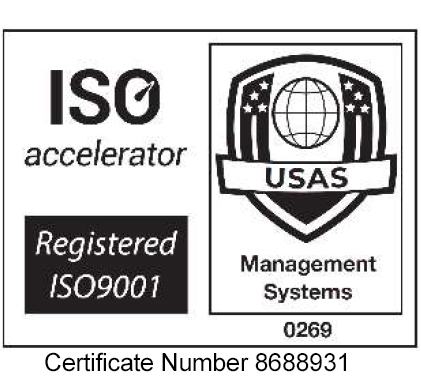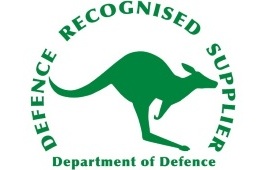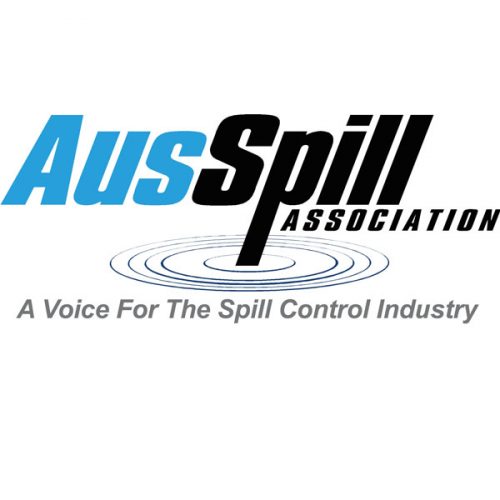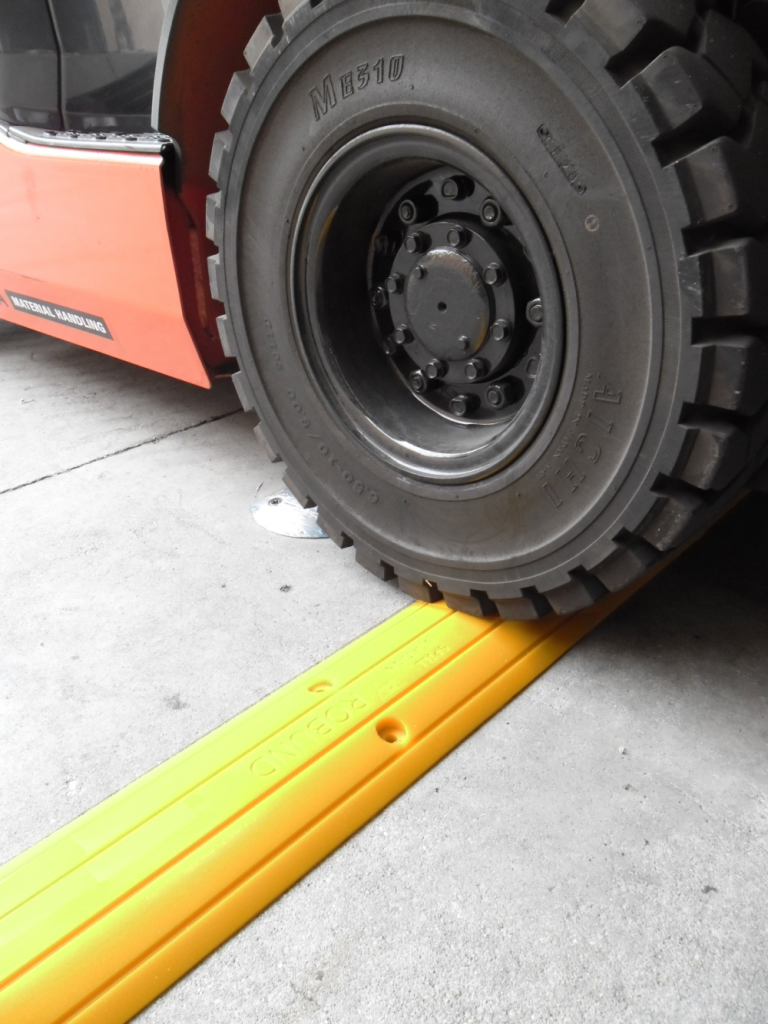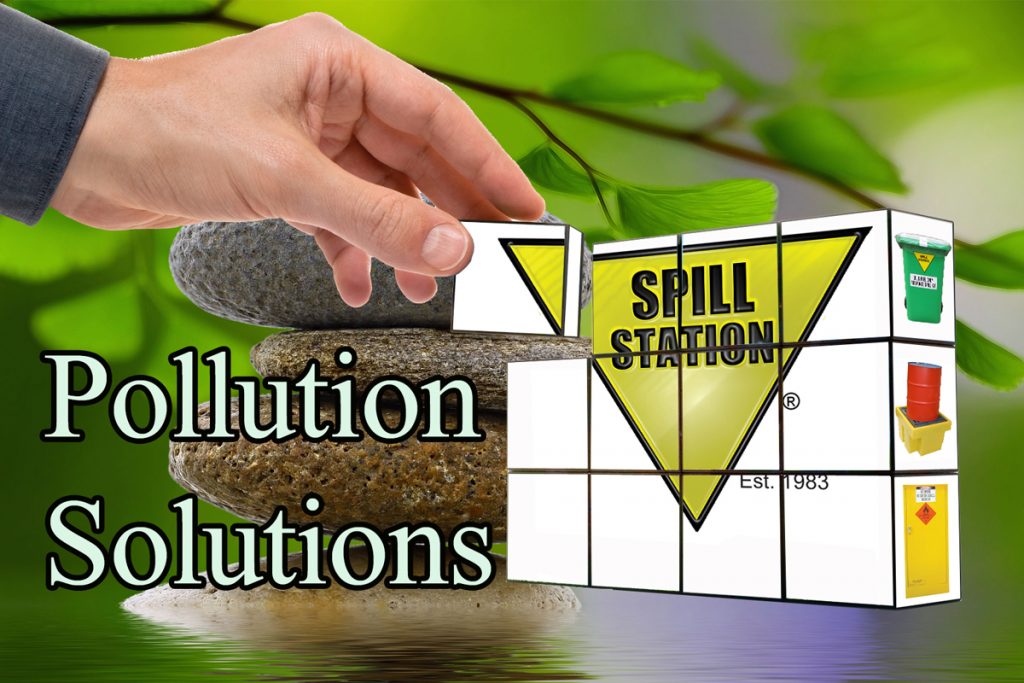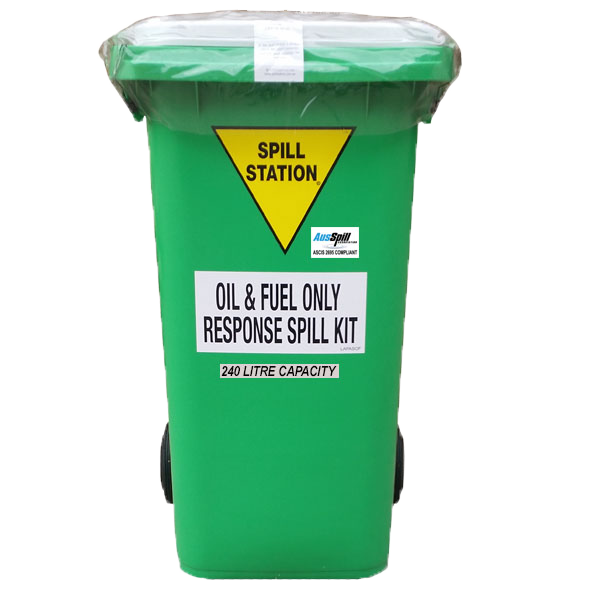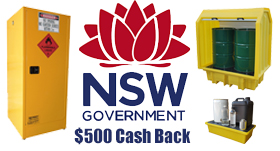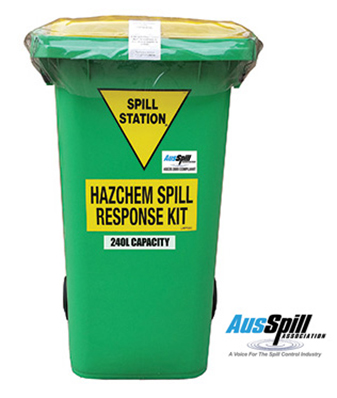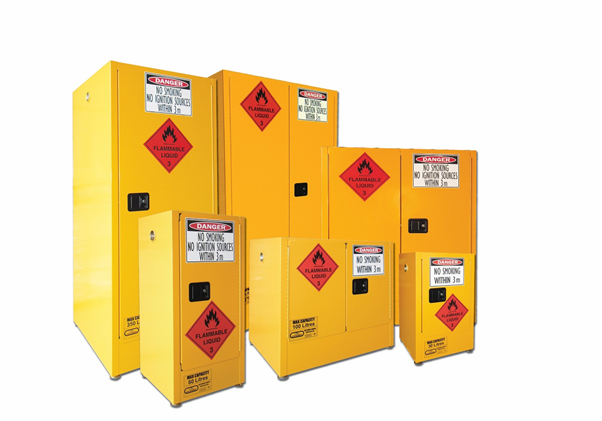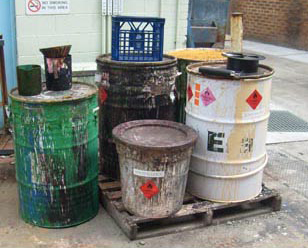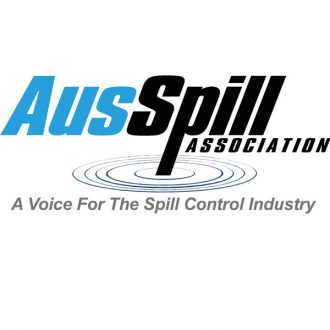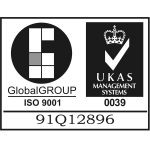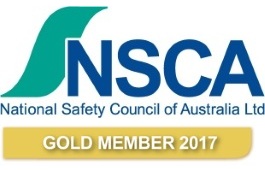Flammable liquid cabinets
The overall purpose of a flammable cabinet is to protect the items within the cabinet, in the event that the space around it is no longer stable. Whether that be a fire, ignition sources or even mishandling or misplacing the items. The cabinets are essentially a fireproof method in which you can keep your workplace safe and your hazardous chemicals apart.
Consider the Construction
Flammable liquid cabinets often have a double wall made of corrosion resistant steel, this is an insulator that protects it from external heat. It also has galvanised steel cabinet shelves as well as a leak proof sump where liquids can safety pool in the event of a leak.
The doors also feature a soft close with safety latches and lockable handles for as much as safety as possible, and to keep unwanted hands away from hazards. One of the most useful features it has, or at least the ones offered by Spill Station has are adjustable feet, so you don’t need to level the floors before use.
Visible Labels Matter
As per the Australian Standards, all flammable storage cabinets have a bold red sign that warns of flammable materials, for easy identification. The cabinet is also made in a bright yellow colour so they cannot easily be hidden or placed out of sight.
Additionally, Spill Station’s flammable cabinets carry an additional label that reminds people nearby not to smoke within 3 metres of the cabinet. This is a strict guideline that dictates that ignition sources such as sparks, cigarettes and the like must be kept away from the cabinets and where they are stored, to reduce risk.
By labelling the cabinet correctly, you can ensure that staff, visitors and emergency service workers are all aware of the cabinet’s placement, what they contain and the dangers of introducing ignition sources nearby.
Position The Cabinets Correctly
To make sure the flammable liquids stored in your workplace pose minimal risk to workers, workspaces and the environment, they must be strategically placed. Some of the guidelines are as follows:
- Flammable liquid storage cabinets that have a capacity above 850L must be placed further away than 3 metres to any wall shared with another room, unless the wall is made of concrete or masonry and is 3 metres taller than the cabinet.
- Flammable cabinets with a greater capacity than 850L should only be installed in factories and workshops, not hospitals, residential buildings and the like.
- Cabinets with a greater capacity than 850L shouldn’t be placed on upstairs levels, or any floors without access to the street or ground level.
It’s also vital to keep these storage rules in mind.
- You can only place 850L per 250 square metres on ground floors.
- You can only place 250L per 250 metres squared on any other floor.
- In all cases, these total quantities must be separated by at least 10 metres.
By following all these rules, you can help make sure your workplace is kept safe. If you want compliance ready flammable cabinets, you can’t look past Spill Station’s range of flammable cabinets.


